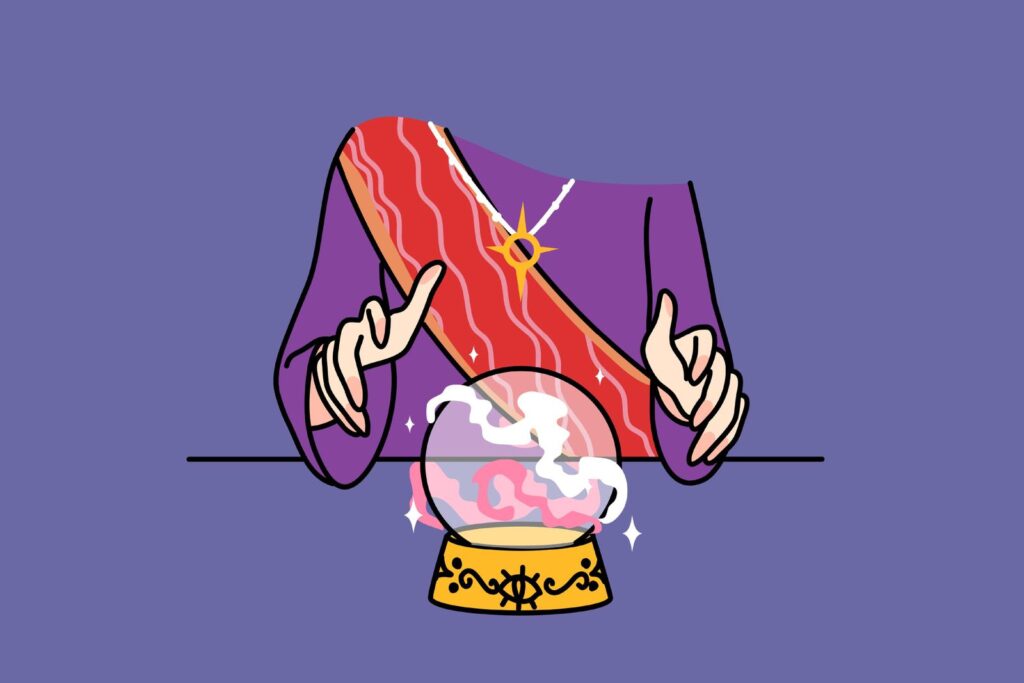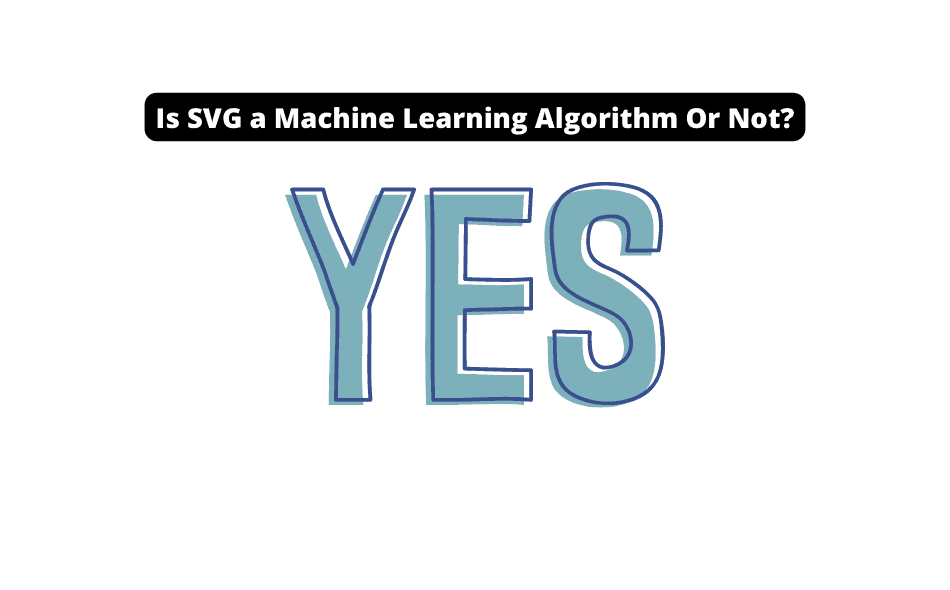This post will help break the myths surrounding a unique but common machine-learning algorithm called SVG. One of the most debated (silly) topics is whether SVG is a machine-learning algorithm or not.
Believe it or not, SVG is a machine-learning algorithm, and we’re here to both prove it and clarify the confusion surrounding this notion.
Some might wonder how SVG, a widely known design-based algorithm, could be related to machine learning.
Well, hold on to your hats because we’re about to dive deep into the fascinating world of SVG, fonts, design, and machine learning.
In this post, we’ll explore the connections between these two seemingly unrelated fields, and we promise that by the end, you’ll have a whole new appreciation for SVG and its unique role in machine learning.
Stay tuned for an exciting journey that will challenge your preconceptions and shed light on the hidden depths of SVG!

What Is SVG, and where did it come from?
The origins of Scalable Vector Graphics (SVG) can be traced back to a groundbreaking research paper that aimed to model fonts’ drawing process using sequential generative vector graphics models.
This ambitious project sought to revolutionize our understanding of vision and imagery by focusing on identifying higher-level attributes that best summarized various aspects of an object rather than exhaustively modeling every detail.
In plain English, SVG works as a machine learning algorithm using mathematical equations to create vector-based images.
Unlike raster graphics that rely on a grid of pixels to represent images, vector graphics are formed using paths defined by points, lines, and curves.
These paths can be scaled, rotated, or transformed without any loss of quality, making them highly versatile and ideal for graphic design applications.

SVG’s machine learning aspect comes into play through its ability to learn a dataset’s statistical dependencies and richness, such as an extensive collection of fonts.
By analyzing these patterns, the SVG algorithm can create new font designs or manipulate existing ones to achieve desired styles or effects.
This is made possible by exploiting the latent representation of the vector graphics, which allows for systematic manipulation and style propagation.
It also brilliantly plays off of traditional epoch training, where each new “design” can be an entire training session of the data. While formal machine learning has low expectations for some of the first outputs of a trained model, these seemingly un-trained representations can have unique designs.
SVG is a powerful tool for creating and manipulating vector graphics and a sophisticated machine-learning algorithm.
Its applications in the design world are vast.
It continues to revolutionize the way we approach graphic design by enabling designers to create, modify, and experiment with fonts and other visual elements more efficiently and effectively than ever before.
Why The Internet Is Wrong, and SVG is a machine learning algorithm.
Despite the clear evidence provided by the research paper authored by Raphael Gontijo Lopes, David Ha, Douglas Eck, and Jonathon Shlens, a quick Google search may lead you to believe that SVG is not a machine-learning algorithm.
However, this widely circulated misconception couldn’t be further from the truth.
As stated in the paper, SVG employs a class-conditioned, convolutional variational autoencoder, which is undeniably a machine learning algorithm. Variational autoencoders (VAEs) are a type of generative model that learn to encode data into a lower-dimensional latent space and then decode it back to its original form.
In the case of SVG, this algorithm captures the essence of fonts and other vector graphics, enabling the creation and manipulation of these designs more efficiently.
The SVG algorithm is not just any ordinary machine learning algorithm; it can be considered state-of-the-art.
By harnessing the power of convolutional neural networks (CNNs) and VAEs, SVG has demonstrated remarkable capabilities in capturing intricate patterns and dependencies within large datasets of fonts and other graphics.
This makes it an invaluable tool for graphic designers and researchers, as it facilitates generating new designs and exploring creative possibilities.
So, the next time you come across information suggesting that SVG is not a machine learning algorithm, remember the groundbreaking research by Lopes, Ha, Eck, and Shlens that proves otherwise.
In fact, SVG is not only a machine learning algorithm but a state-of-the-art one with the potential to revolutionize how we approach graphic design and push the boundaries of our creative capabilities.

Link To The Paper:
https://arxiv.org/abs/1904.02632
Why You Should Be Careful Trusting Anything You See
The misconception surrounding SVG being unrelated to machine learning is a prime example of why it’s essential to approach information on the internet with a critical eye.
While the internet is an invaluable resource for knowledge and learning, it’s also rife with misinformation and half-truths.
Before accepting anything you read or see online as fact, make sure to verify its accuracy by cross-referencing multiple sources or consulting reputable research papers and experts in the field.
Being vigilant in your quest for accurate information will help you avoid falling prey to misconceptions, form well-informed opinions, and make better decisions in other aspects of life.
- Are There Any Black Software Engineers? [Discover Their Impact Now] - December 4, 2025
- Mastering the Empirical Rule for Dummies [Boost Your Statistical Analysis Skills] - December 3, 2025
- Does Blue Yeti Use Logitech Software? (Check This Out!)] - December 3, 2025

